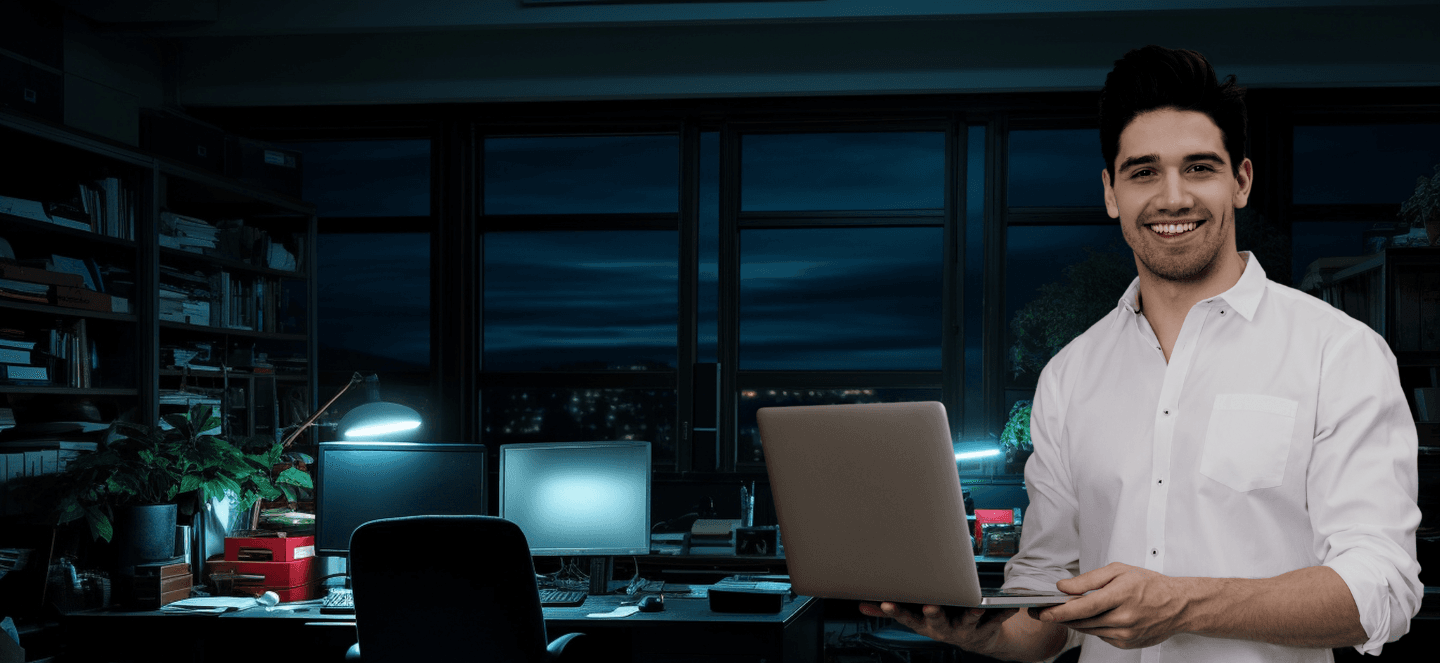



Our client, PhotoStat, is an online platform for photographers and artists to find out where and how their images are being used online. PhotoStat enables artists to find and resolve cases of unauthorized usage of their images.
PhotoStat has helped more than 100,000+ artists and agencies uncover and handle copyright infringement claims worldwide through tech and legal support.
Disclaimer: The name PhotoStat is a placeholder, as there is an NDA signed between both parties.
With the increased accessibility offered by the Internet, image theft has increased exponentially. Our client’s application helps artists and agencies find and resolve cases of unauthorized image usage.
Our client was looking for a company specializing in Computer Vision services and discovered us via Clutch. Here’s how we devised a solution in two parts.
Not only did the computer vision-based search engine reduce costs for PhotoStat in the long run, but it also elevated the entire customer experience of their platform. Greater precision rate and decreased manual efforts resulted in an enhanced platform and overall increased efficiency.
Following the success of the collaboration, PhotoStat decided to partner with Maruti Techlabs as their product development partner. Both teams now work parallelly towards PhotoStat's product roadmap and enhanced service delivery.